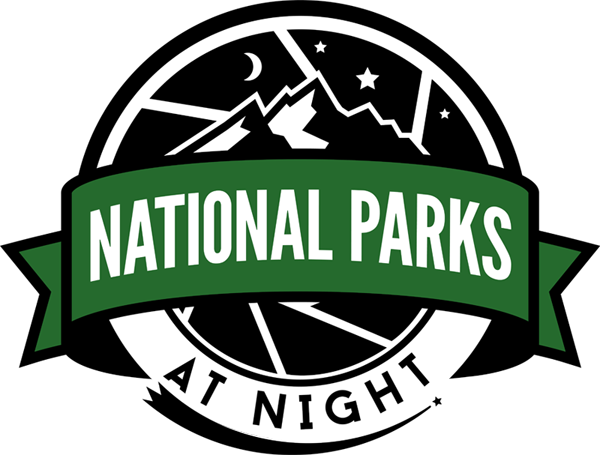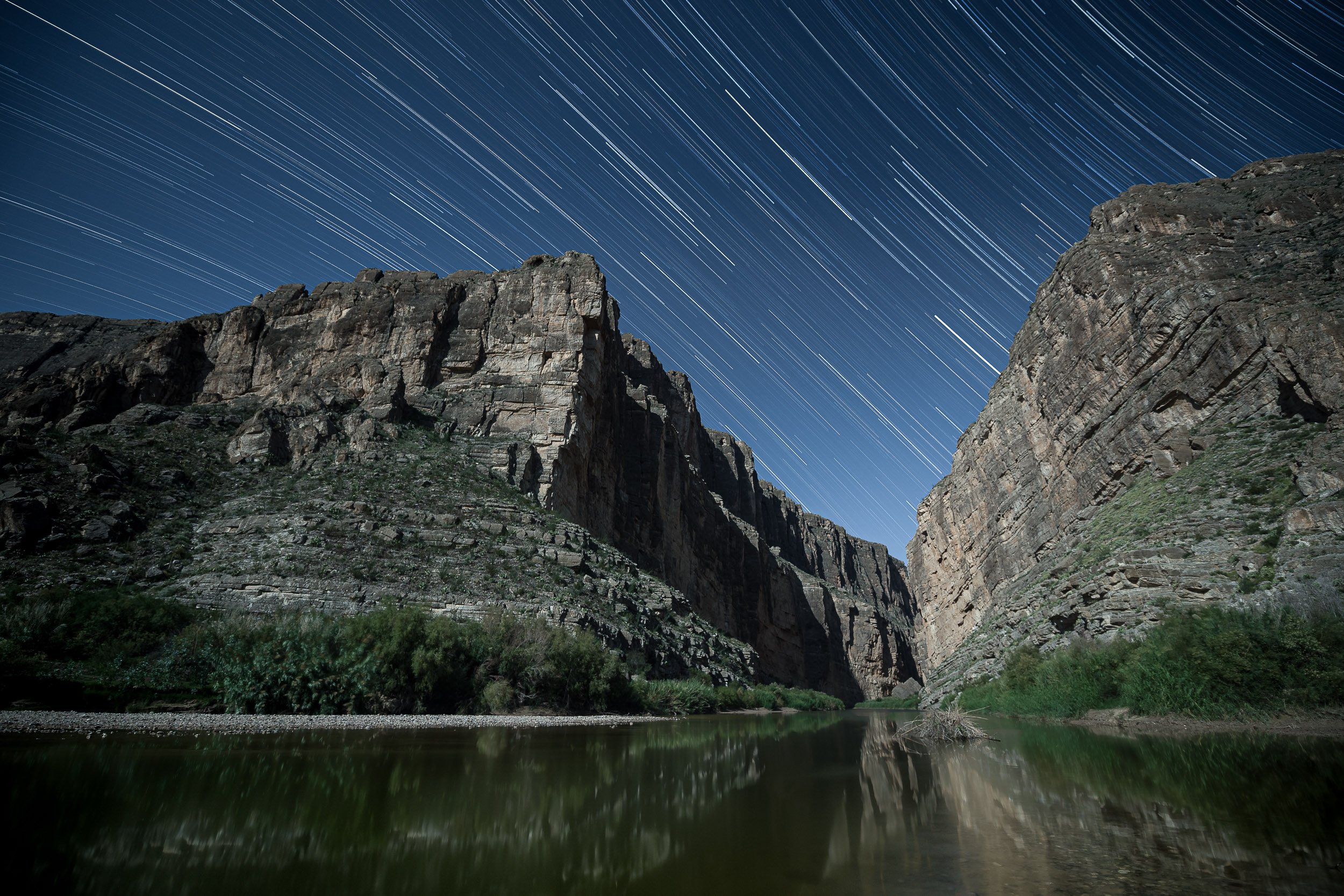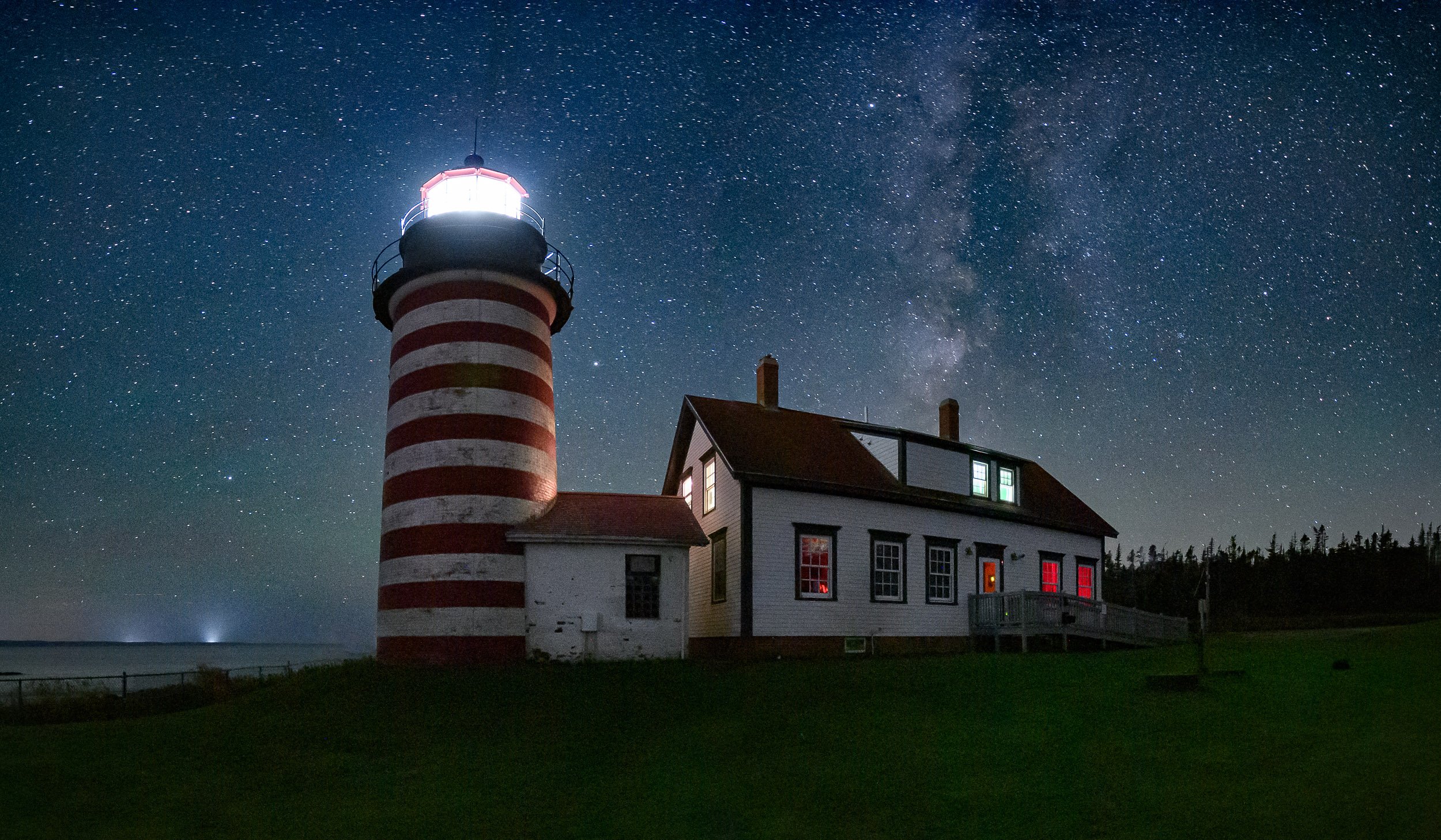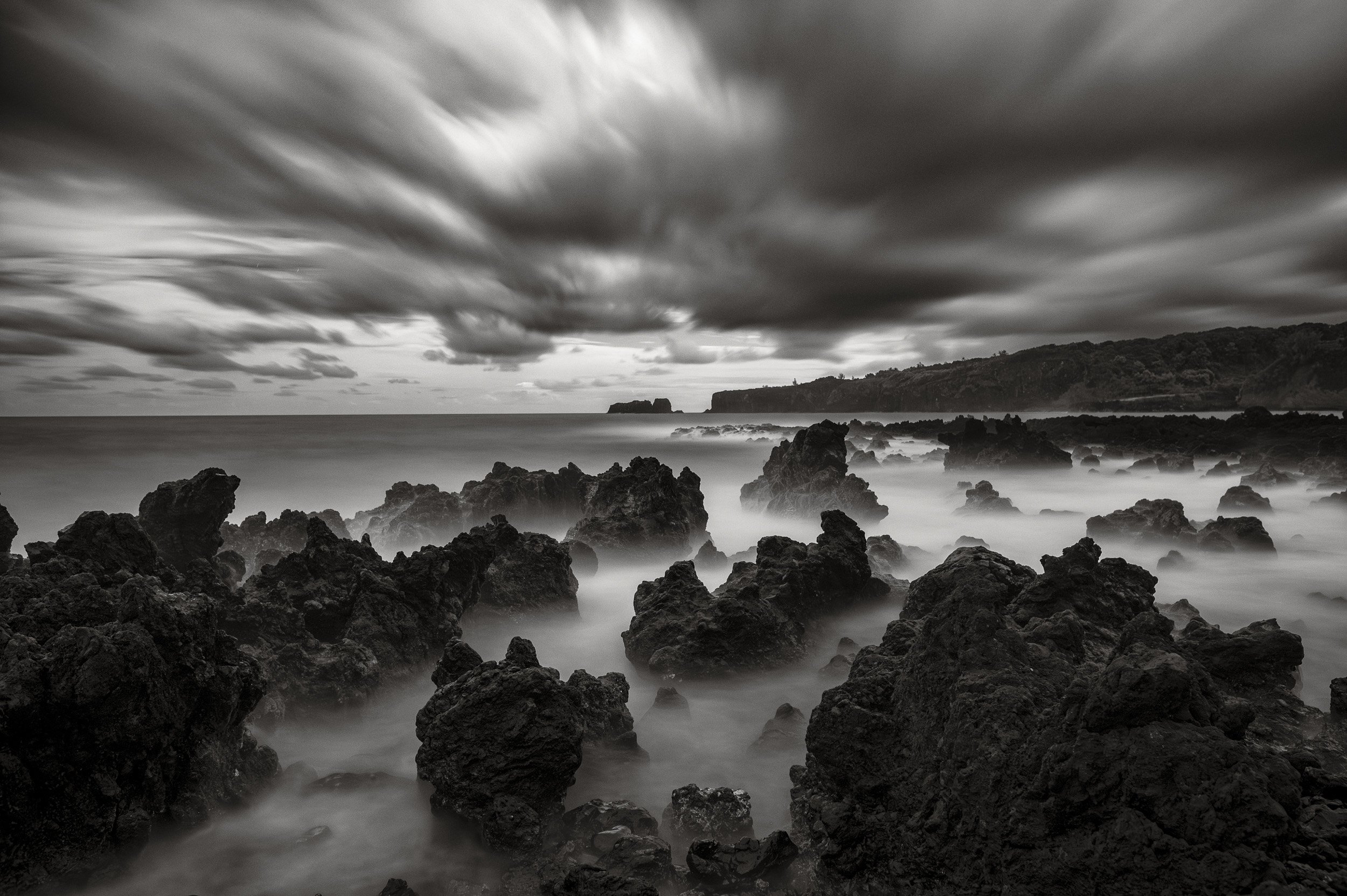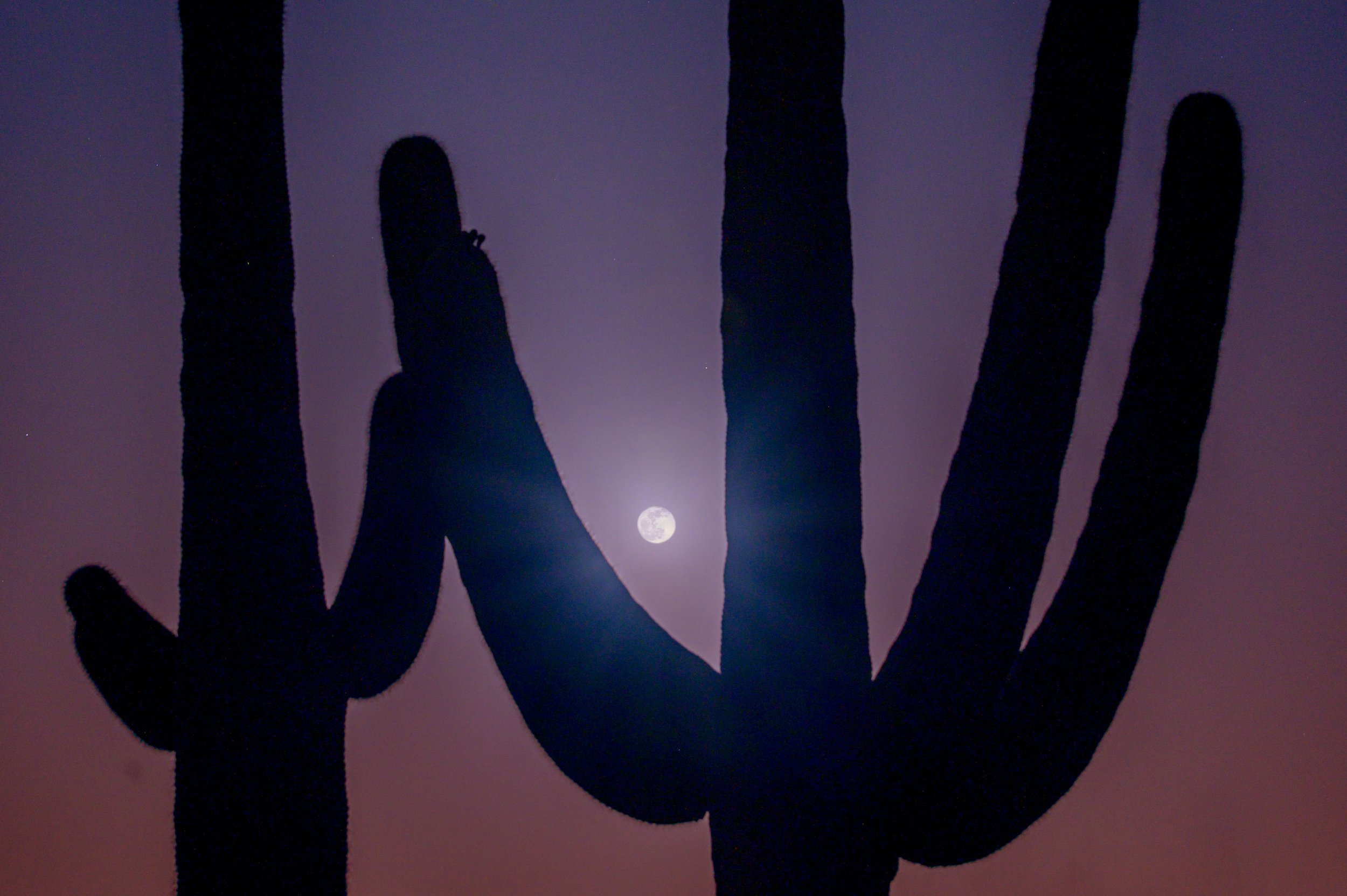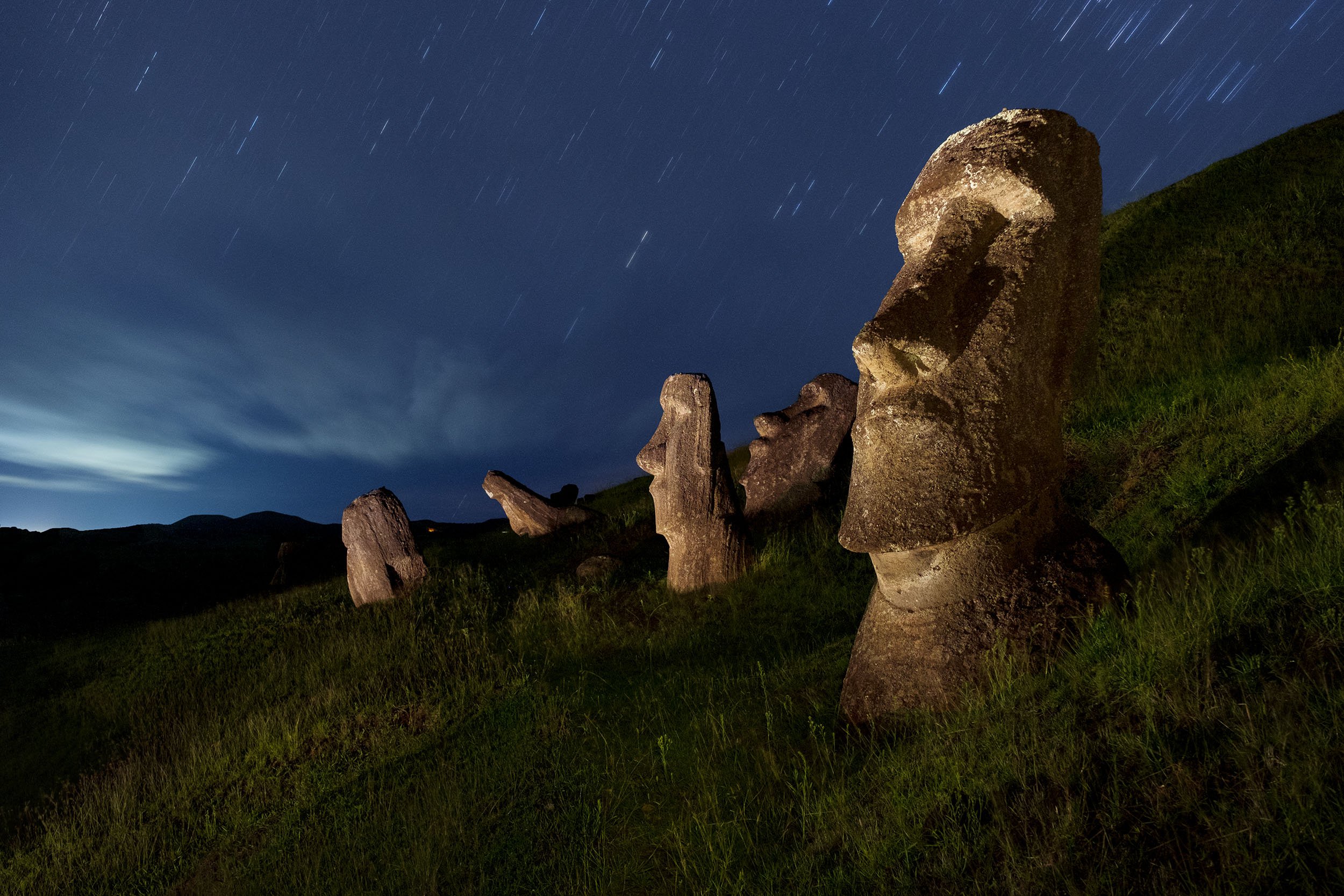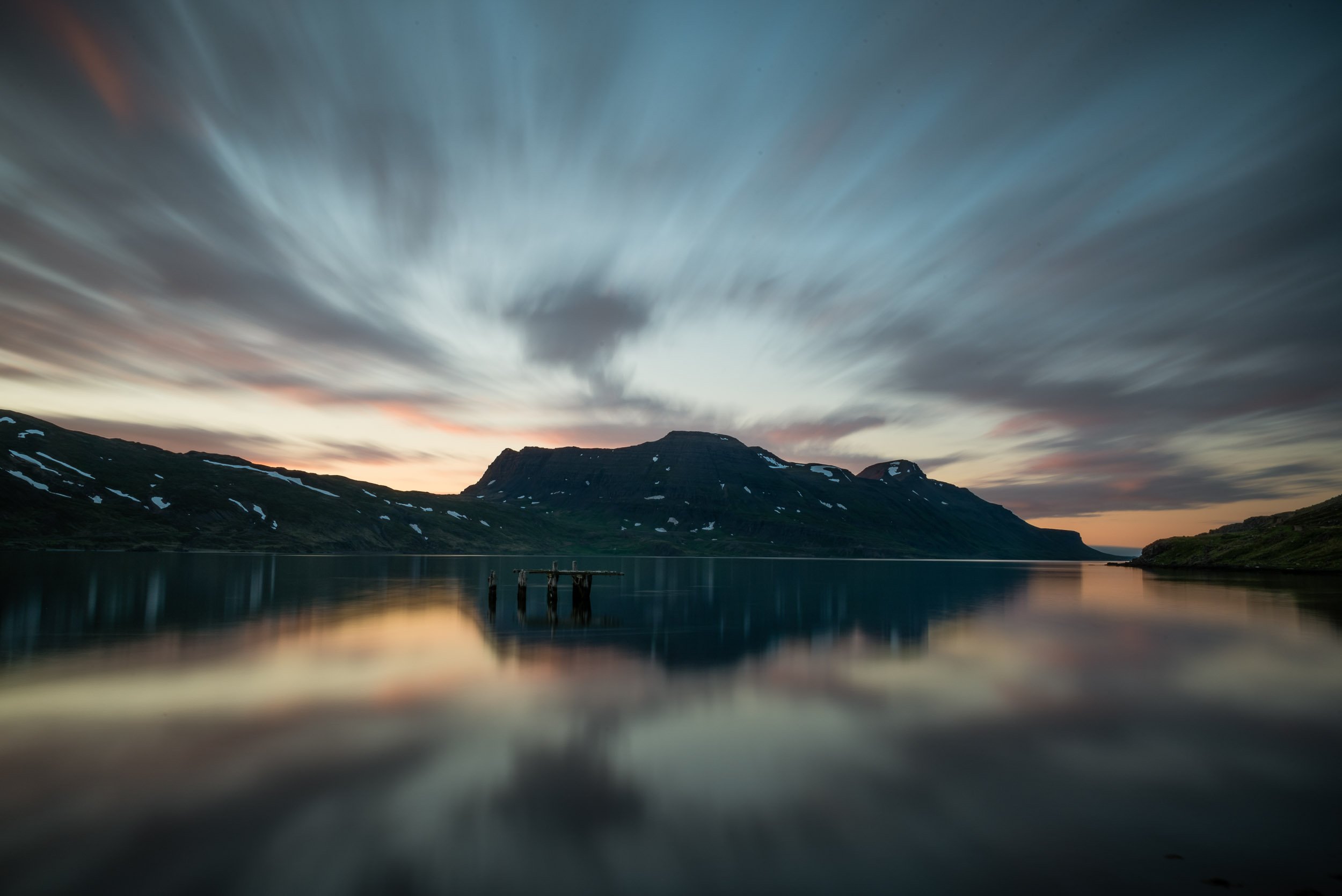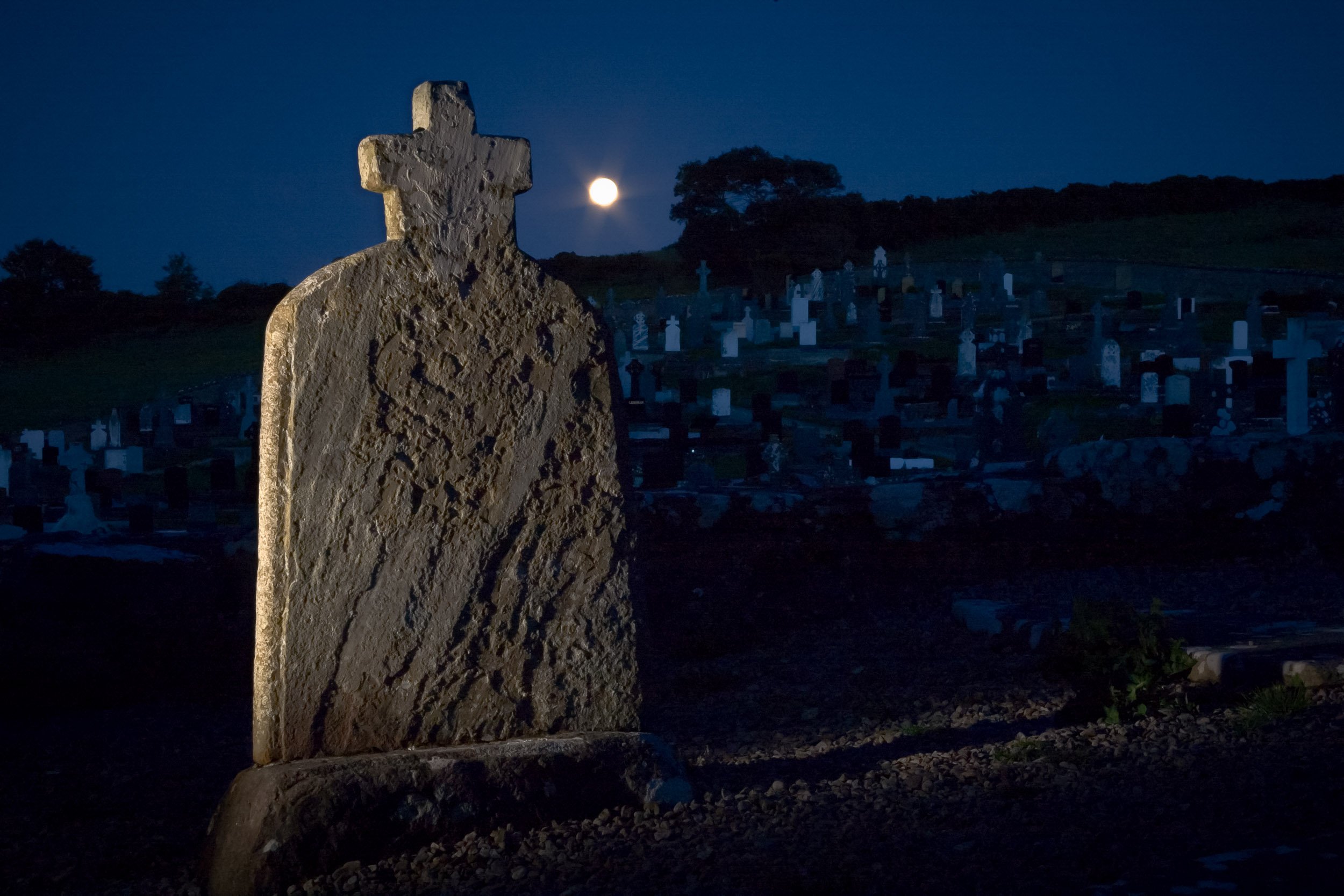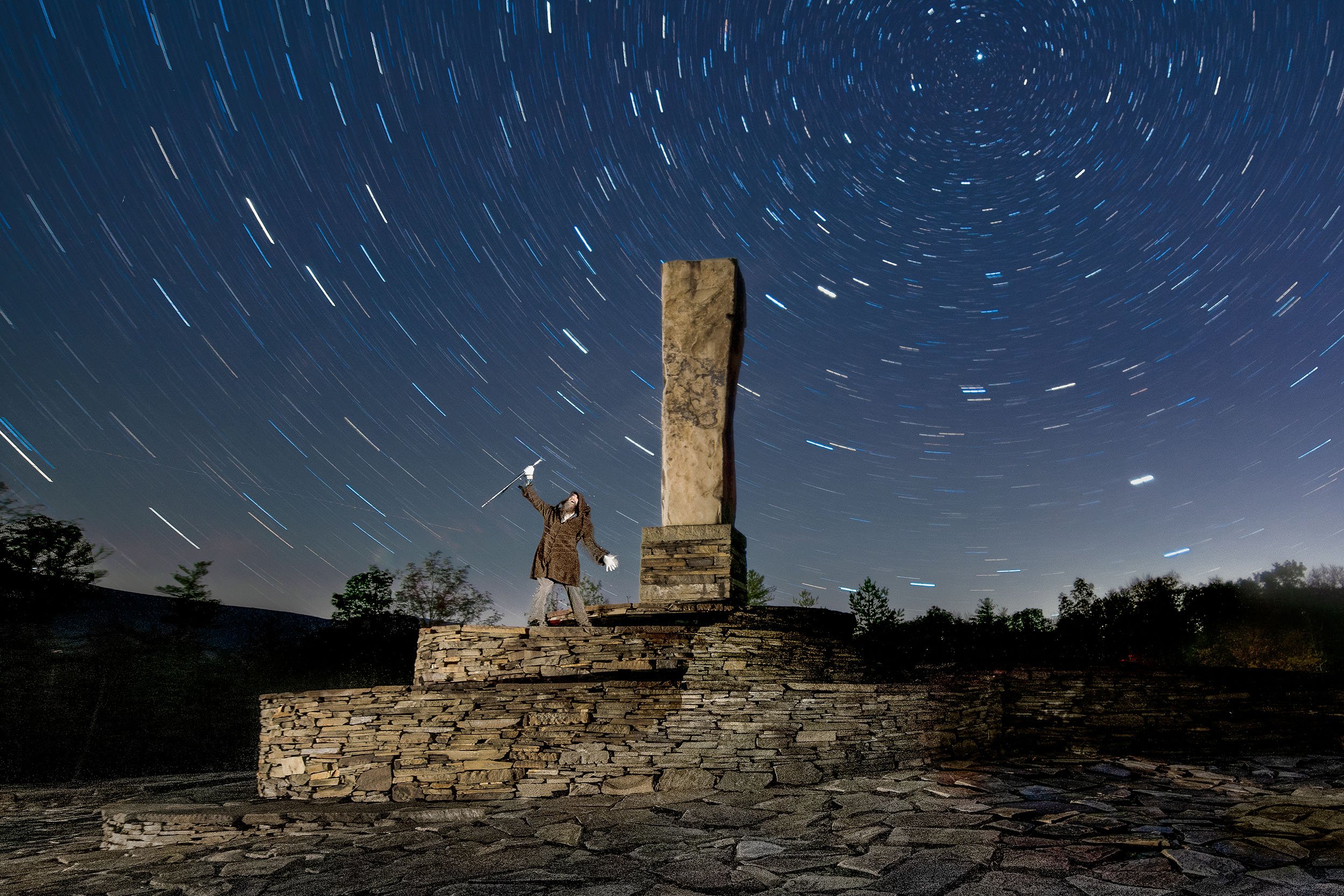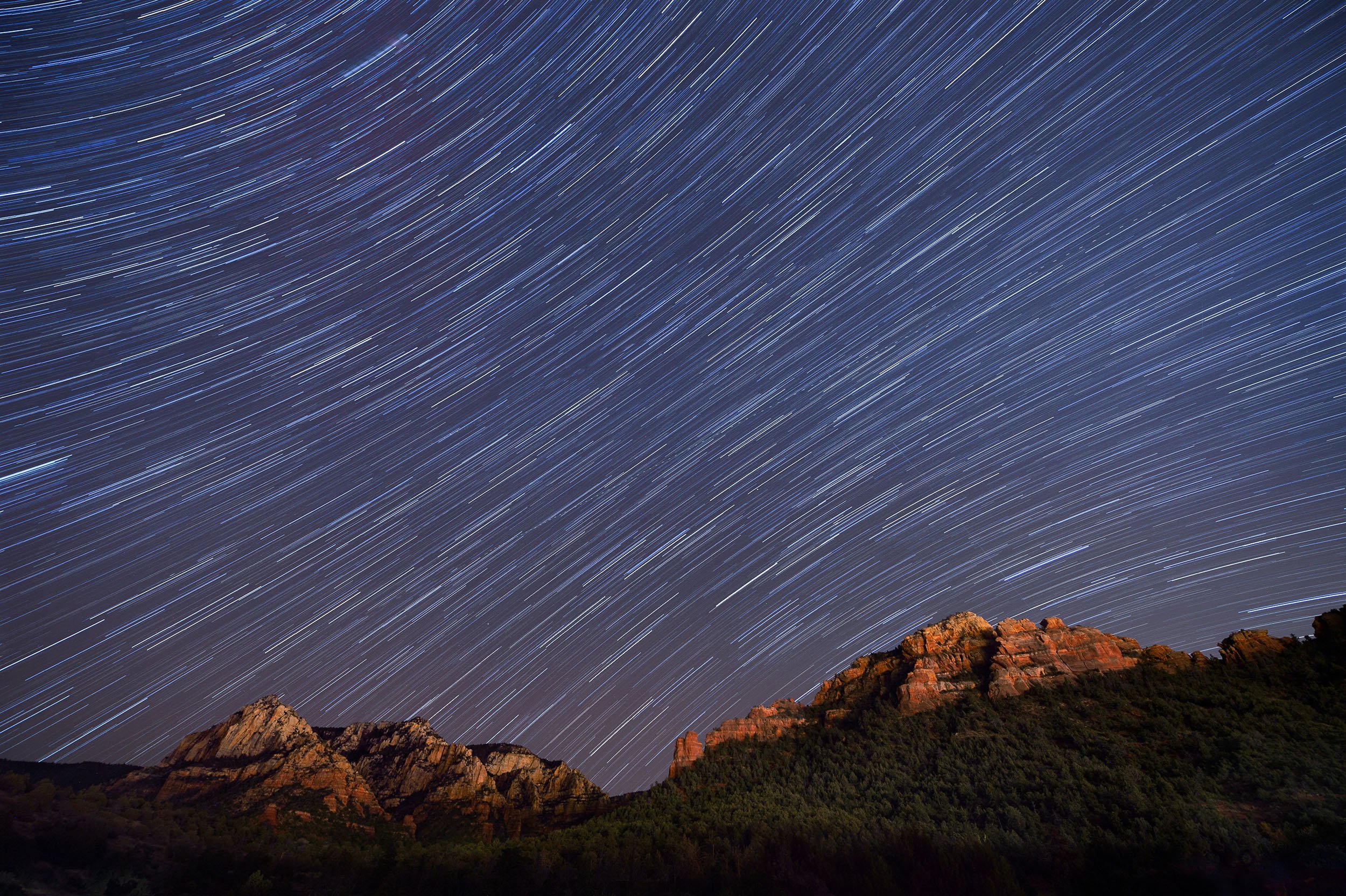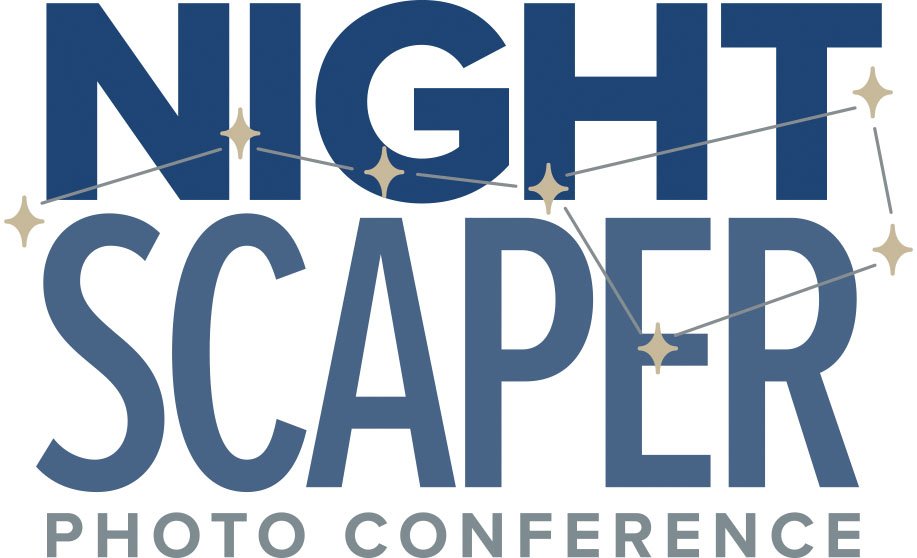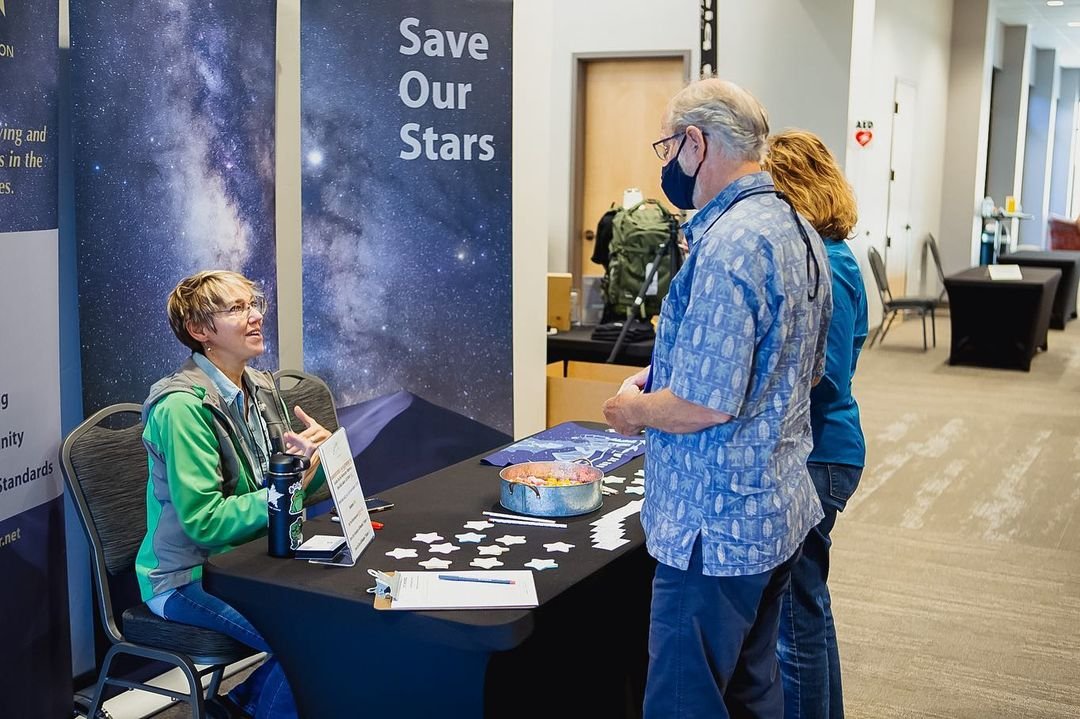Do you have a fascination with abandoned places?
I do.
In fact, I coined a word for this 30-year obsession: “ruinism.” It means the beauty of decay, and it can apply to person, place or thing. It has been an overarching theme that I have tried to incorporate into my photography, both day and night.
Part of this has been exploring abandoned places—buildings, lots, junkyards—that have fallen by the wayside of the human race’s march across the landscape.
I’ve learned a thing or two over the years about getting into and out of these industrial skeletons, and I have been handcuffed only once due to trespassing. For this Halloween special, allow me to share the allure of abandoned places, how to do your research and get permission, and tips on how to best photograph and share your images with the world.
Sloss Furnaces, Alabama. Nikon D750 and Irix 15mm f/2.4 lens. Multiple stacked frames shot at 15 seconds, f/2.8, ISO 100.
Why Ruinism?
In this age of social sharing, the world has become much smaller than it was 10 to 20 years ago. There are very few whispers of secret abandoned places. Some locations have lasted for thousands of years while others are barely standing, helped by the vines and ivy that have replaced the walls.
My favorite class in school was ancient history, so when I had an opportunity to live in Greece for 6 months in the 1990s, it was a dream come true. In fact, that is where the term ruinism was born. I was visiting all the ancient cities: Rome, Delphi, Thebes, Mycenae, Troy, Constantinople. The modern world had grown around and incorporated the remnants of some of these age-old civilizations, while others had been completely forgotten by time.
When I walked through the streets of Pompeii, I imagined what it had looked like before Vesuvius erupted in A.D. 79—partly out of intellectual curiosity, and partly for creative purposes. When photographing these abandoned locations, I always try to tap into the history and capture the spirit. Long exposures, ghosts and light painting are wonderful tools to aid in this storytelling.
Getting Access
Besides the legal “pay for access” places, let me share a few examples of how to get in. The overriding theme is:
Do your research.
Understand the history and importance of this place.
Share your respect and passion for memorializing the location before it disappears.
Find the organization or person that owns/maintains it.
Never steal any artifacts—take only pictures!
Example 1: The Abandoned Village of Kayaköy, Turkey
While staying in the beautiful port city of Fethiye, I was told of the history and modern ruins of Kayaköy. I spent the day wandering around a town where the people had been forced to leave their homes, churches and shops due to protocols written up by the Treaty of Lausanne in 1923.
On the day I was there, no one else was present except for some sheep herders and their flock. The sheep wandered into roofless homes at will. Time had taken back this town. It felt like I had finally experienced ruinism to the highest degree.
Gateway to Kayaköy. Pentax K1000 with TriX film. Exposure unrecorded.
Church of Kayaköy. Pentax K1000 with TriX film. Exposure unrecorded.
The key to accessing Kayaköy: The village was in a remote area but open to all who were interested and had the money and a means to get there. If you were to visit today, there is an entrance fee of $1, and restoration limits some access to the church and many of the buildings.
Example 2: The Abandoned Apartment
Abandoned places can be huge like Kayaköy or they can be the apartment next door.
I was living in Pátras, Greece, in 1995 when this mystery revealed itself. A 5.1 earthquake in 1993 had seriously damaged the town and the neighbors just up and left. There were plenty of cracks in the walls for us to peep in and most doors weren’t locked in this small community. So I entered with my friend and we used long exposures on film to give voice to the ghosts that remained.
Abandoned Apartment, Pátras. Pentax K1000. Pentax K1000 with TriX film. Exposure unrecorded.
The key to accessing the abandoned apartment: We reached out to the neighbors to learn more, and we ended up being responsible for looking after the place and putting a lock on it. When something like this happens, be smart, safe and respectful. Anything we moved, we put back in place. Like most abandoned buildings, there is a time limit to its existence, unless it is deemed of historic importance.
Example 3: The Abandoned Casino
A real dream-come-true location is the Constanța Casino in Romania. Built in 1910 aside the crashing waves of the Black Sea in the art nouveau style, the casino closed its doors to the world in 1990. However, the symbol of this ancient grandeur was adopted by the city and they struggled for many years to find a way to preserve this masterpiece.
Constanța Casino. Nikon Z 6 with a Nikon 24-120 f/4 lens. 1/500, f/11, ISO 200.
Constanța Casino. Nikon Z 6 and Nikon 14-24mm f/2.8 lens. 1/30, f/10, ISO 400
The key to accessing the Constanța Casino: Fortunately I have a friend in Romania who loves ruins and history as much as I. We led an Opulence and Decay workshop with National Parks at Night and Atlas Obscura in 2019, which included access to this location. My contact worked very closely with the town that was restoring the casino. We had to prove our love for preserving this building and of course pay a fee that went to helping stabilize it for future generations. It was an amazing experience and epic workshop. (If you want us to revive this workshop, let us know in the comments!)
Winging It
I understand that access can be the biggest of all hurdles. Sometimes you just stumble upon an abandoned farmhouse in the middle of nowhere. There aren’t any “No Trespassing” signs or neighbours for miles away. What do you do?
If you enter this property, you will be seen as a trespasser by the law. So it’s best to think of this as the “initial scout” and take pictures safely from a legal and respectful distance.
Then, find any neighbors who may be nearby, or go into town and show these pictures and ask who might own the property. If you are seen as a photographer and documenter first, instead of urban explorer or vandal, good things will happen.
Silver City, California. Nikon D700 with a Zeiss Milvus 21mm f/2.8 ZF.2 lens, lit with a Coast flashlight. 4 minutes, f/5.6, ISO 400.
For example: I was on a road trip with Troy Paiva and Joe Reifer and we used Google Maps to identify what looked like an old, abandoned mine. We drove there only to find a gate and a “No Trespassing” sign. We debated what to do.
During that 5 to 10 minutes, a weathered Jeep with a Willie Nelson character came flying down the road with a barking dog not far behind. He asked us “what the hell” we were doing at the entrance to his property. We explained that we were photographers with a fascination for the past. Troy had a copy of his book and showed it to the man, and that was the key. Having a website, prints or a book that can show your passion for abandoned places can often help break down those barriers.
The end result was that within 5 minutes we were all best friends with Irish (which turned out to be his name), getting a private tour of his silver mine followed by 2 nights of access.
I understand there is a certain excitement in exploring the unknown that is greatly heightened when you don’t have permission. I also know that some places will never grant permission to any visitor because they are deemed too unsafe. If you decide to break into those places, you’d better understand the dangers involved and realize that no insurance will cover you when you trespass. We neither recommend nor condone this course of action.
Doing it the Right Way
A perfect example of doing it the right way has been my experience and relationship with the Bannerman Castle Trust.
I first saw the ruins of Bannerman while riding the Metro-North Railroad up to Rhinecliff, New York, in 2001. You always want to get a “water view” window seat on the train as the tracks hug the Hudson River all the way to Montreal. I was mesmerised by water and landscapes that rushed by—Storm King Mountain, the bridge walkway over the river, and many mansions.
But wait, what is that? A castle-island resting in the middle of the river?
Luckily the previous owner had used a side of the castle as a “billboard,” and I had my first clue: Bannerman Island Arsenal.
Bannerman Arsenal. Nikon D750 and Nikon 24-70mm f/2.8 lens. 1/250, f/11, ISO 200.
I had no reception on the train but wrote down the name and pinned the location on Google Maps. I later found a little information about the history, but being an island, the only access was via kayaks.
A few years later, the Bannerman Trust established a website and daytime tours of the castle from May to October. On the boat ride over, I shared my passion for ruinism and my excitement about Bannerman with a member of the trust. That laid the groundwork for later leading overnight photography workshops.
It took a few months to hash out the details, but we both wanted to see the idea succeed. The trust was interested in promoting the location, getting a unique interpretation and getting (of course) additional funding for the restoration.
Since then Matt Hill and I have led 14 Bannerman overnight workshops. I’m leading two more trips next August. (If you are interested, join the waitlist.)
Bannerman. Sony a7S with a Sony 10-18mm f/4 lens. 12 minutes, f/4, ISO 1000.
Bannerman. Nikon Z 6 with a Nikon 14-24mm f2.8 lens. 45 stacked frames shot at 100 seconds, f/5.6, ISO 400.
I’ve seen the once roofless residence become a completely intact museum that shares the history of Bannerman and Pollepel Island. Over time, walls have crumbled and braces have been installed to stabilize what is left.
This has obviously been a best-case scenario, where both Matt and I have become honorary members of the Bannerman Castle Trust. I have also established the same relationships with historic iron furnaces: Sloss in Birmingham and Carrie in Pittsburgh.
In Conclusion
The allure and proper access will hopefully lead you down a path of successfully photographing abandoned places. My main tip on how to best get into and photograph these special spots is to really understand them and try to tell their story.
A few more tips:
When sharing locations that are fragile, consider tagging them less (or not at all) on social media and keeping them sacred and preserved places that others can happily stumble upon. Don’t share GPS coordinates of spots that could end up getting overrun and trampled.
The world as a whole is trying to preserve its past. There are plenty of organizations you can join that will grant you safe and legal access to many forgotten places.
The U.S. National Park Service preserves many wonderful abandoned locations that offer legal and safe access. You can see a list of some of them here.
Night photography can aid your creativity by illuminating the spirit of these places with creative long exposures under the night sky. Light painting can also reveal the story you want to tell as seen by this eerie shot taken by Tim Cooper in Grafton Ghost Town right outside Zion National Park:
Grafton, Utah. Nikon D700 with a Nikon 24mm f/2.8 lens, lit with a Coast HP5R flashlight. 1 minute, f/9, ISO 200.
We’d love to see your favorite night photos of abandoned places, and to hear the stories behind them. Share in the comments below, or on our Facebook page, or on Instagram (tag us @nationalparksatnight #nationalparksatnight #seizethenight).
We hope your journey to abandoned places is a safe, smart and creative one!
